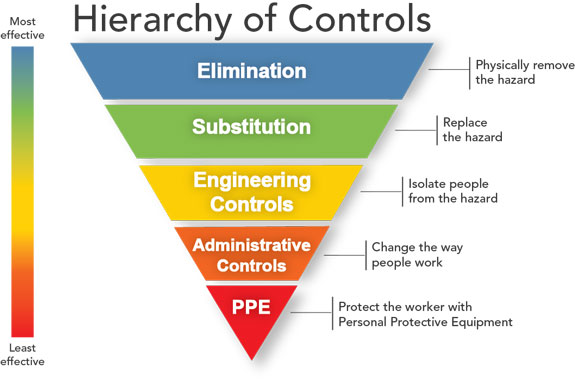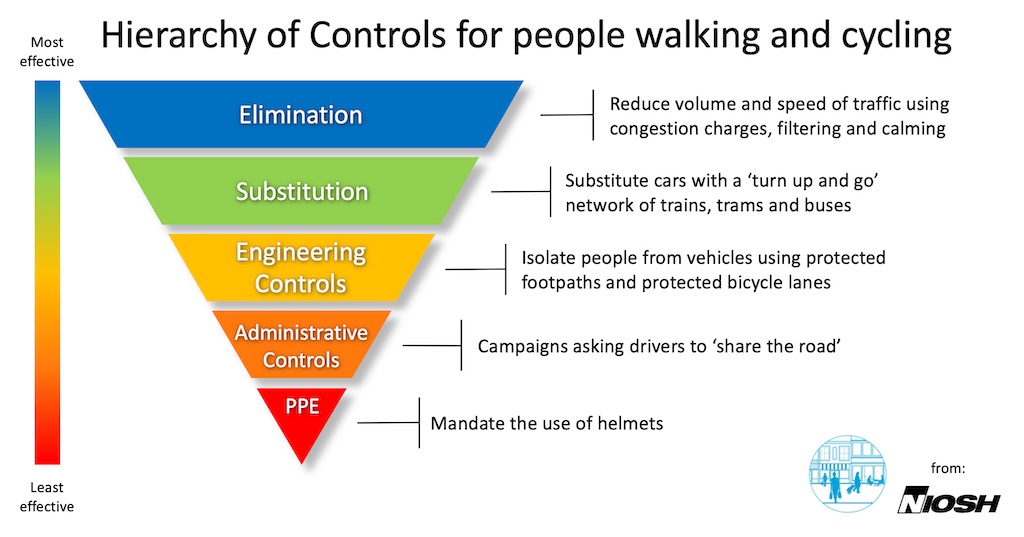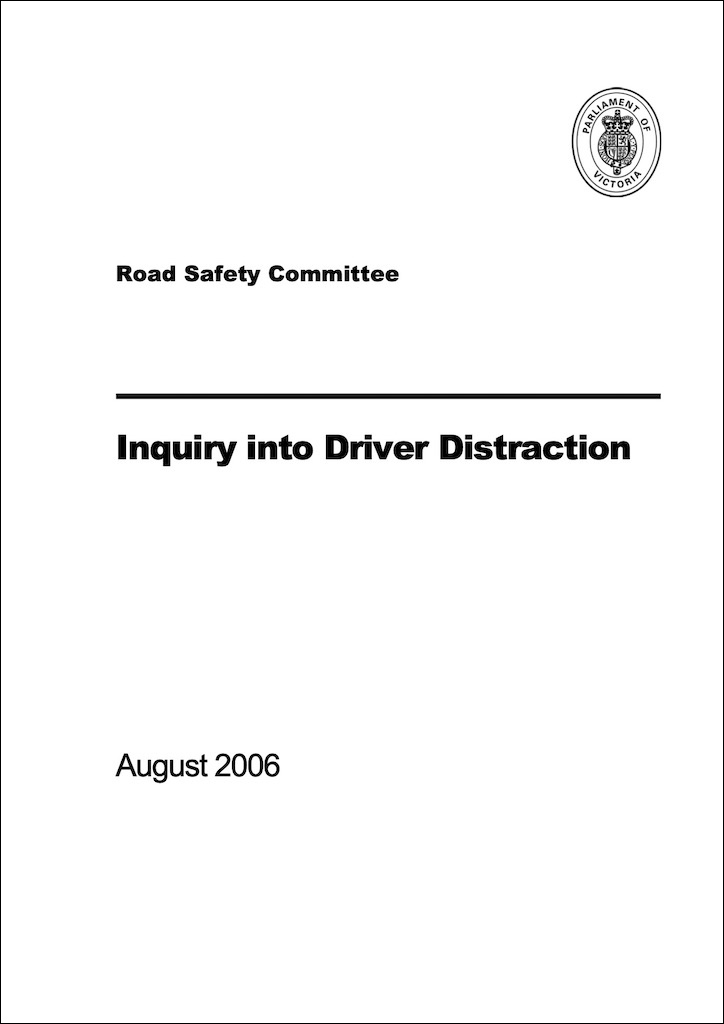The Victorian Parliament’s Road Safety Committee conducted an inquiry into driver distraction, tabling their report in 2006.
The committee recommended that an Occupational Health and Safety (OH&S) approach be used.

The recommendation can be applied broadly to all drivers, and to reduce all types of injuries that occur on our streets. As described by WorkSafe Victoria, an OH&S approach helps organisations (which could be Local and State Governments) to improve their health and safety performance, including reducing injuries and injury related costs.

Broadly, an OH&S approach has four key steps:
- Identify the hazards
- Assess the risks
- Control the risks using the Hierarchy of Controls
- Monitor the solutions
The Hierarchy of Controls provides guidance on which interventions should be prioritised, because they are more effective.

Applied to the safety of people walking and cycling, many options are available:
Elimination:
- Reduce the number of cars on local streets by filtering and calming within superblocks
- Remove cars from around schools by using exclusion zones
- Remove on-street parking from arterials to eliminate the risk of dooring
- Removing cross-overs (or driveways) from arterials by requiring drivers to enter/exit properties from a rear laneway
- Reduce the number of people driving to work by using demand responsive driving charges and demand responsive parking charges
- Reduce the number of people driving to work by eliminating taxpayer subsidies for vehicles, or by offering equally attractive subsidies for walking, cycling and public transport
- Reduce the number of vehicles with bull bars by charging higher registration or 3rd party insurance fees
Substitution:
- Replace one type of vehicle (cars) with another type (trains, trams, buses) that are safer because they operate on rails or travel defined routes
Engineering controls:
- Isolate people walking and cycling by building protected footpaths, protected bicycle lanes, protected intersections and protected public transport stops
- Traffic signals that give a head start to people walking and cycling
Administrative Controls:
- Regulations and signs limiting vehicle speed
- Regulations requiring drivers to give way to people walking and cycling
- Educational campaigns asking drivers to ‘share the road’
- Encouraging people to work from home
- Requiring all new vehicles to comply with best-practice guidelines for impact, crush and roll-over protection for people walking and cycling
Personal Protective Equipment:
- Helmets, safety glasses, elbow guards
As the OH&S approach and the Hierarchy of Controls framework indicates, some treatments are more effective than others, and should therefore be prioritised. Applied to walking and cycling, our recommended treatments are highlighted in the image below:

To date, it appears that governments have focused more on the bottom, less effective, treatments, at the expense of the higher, more effective treatments. We encourage governments to apply the OH&S approach, and to invest in effective treatments.
Posted on 8th April 2020, image edited 9th April 2020

